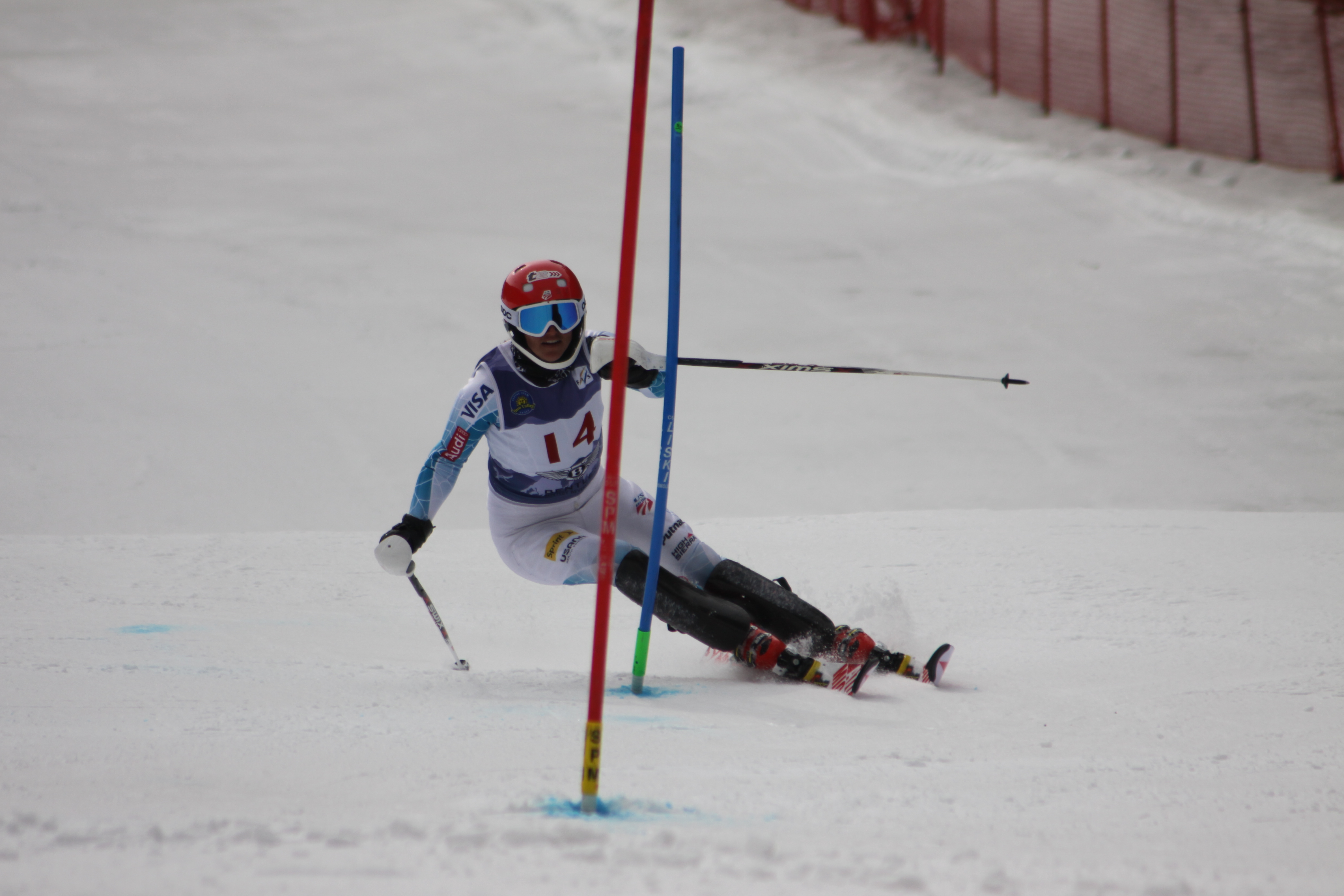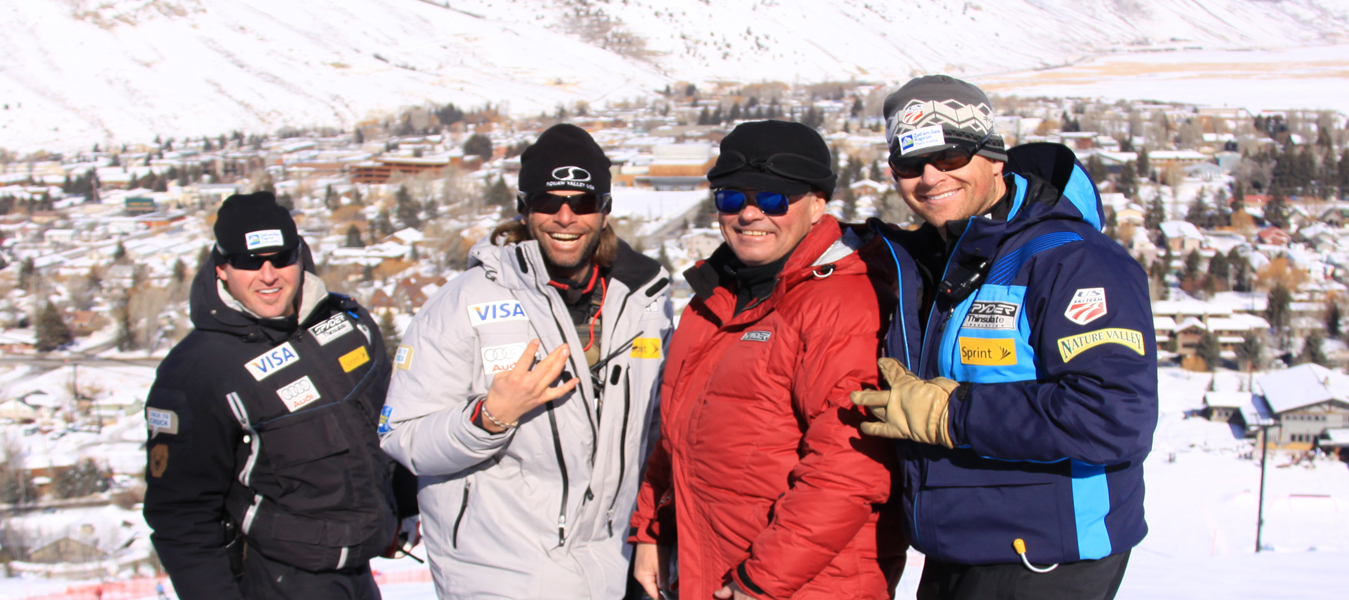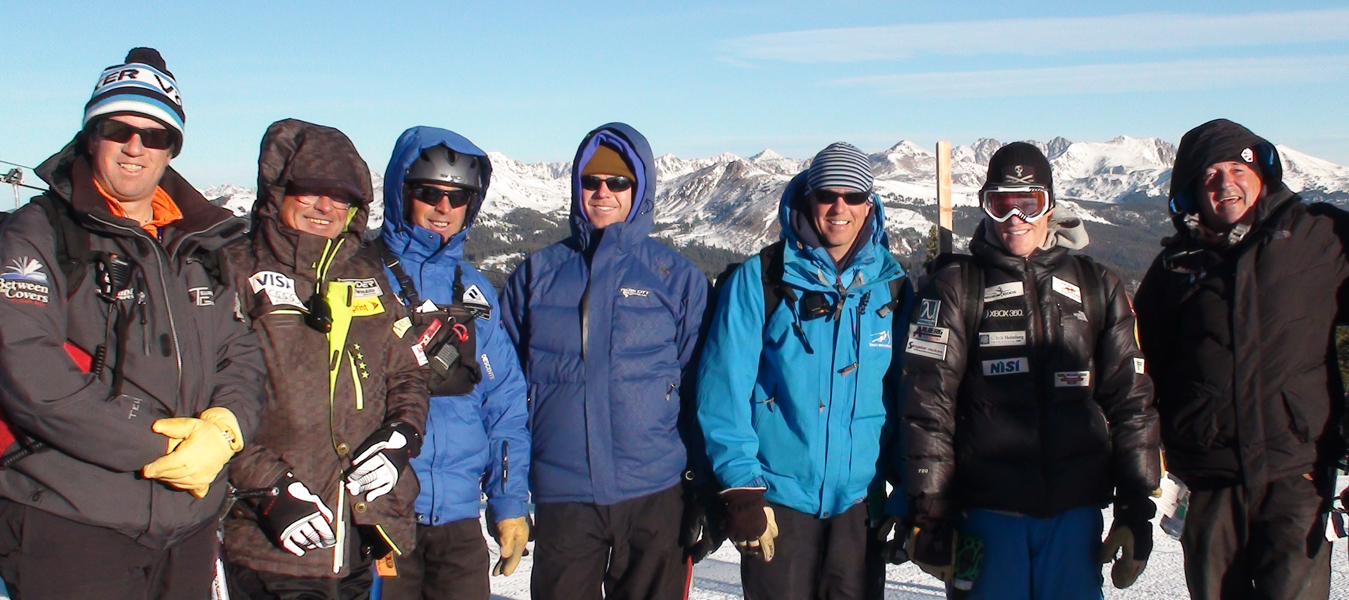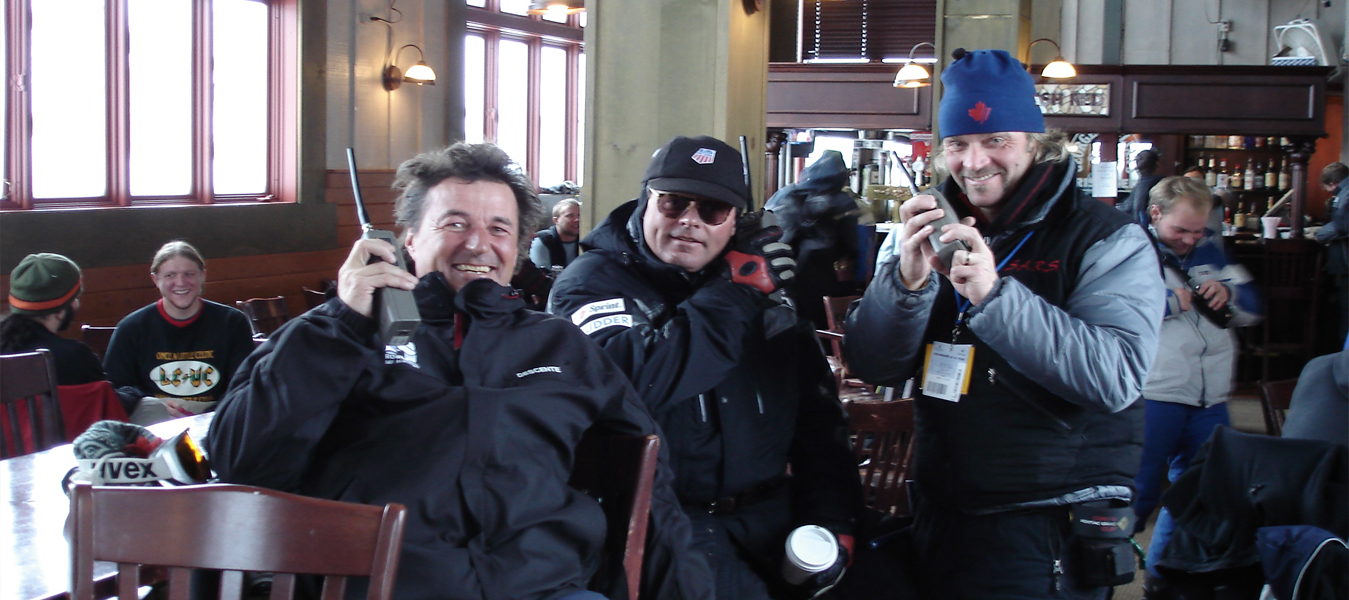Thinking about Practice Design
Concepts concerning how to make practice more productive should be linked in the thinking of coaches charged with innovative training design. Practice design itself has been in play since the first coach; it’s what you do to prepare your athlete/team for the performance. Many sports clubs have gotten a little complacent, a little stale in evolving effective practice. Thinking and planning about how to accelerate skill acquisition separates coaches on a continuum, from no innovation, to continuous evolution. One of the greatest compliments I can pay a coach is to say that he or she is a student of the game, curious and innovative. So, to provoke some thought and discussion, let’s consider three concepts that contribute to innovation. These have each been around for a while but are contemporary enough to warrant renewed examination, especially when intersecting to effect changes in progressions, methodologies, or even the conduct of a single practice.
Three Practice Conditions; Deliberate, Deep, & in Flow
The first of these is Deliberate Practice, popularized by the ten-year, 10,000 hour theorists from the field of talent development. Anders Ericsson and his colleagues first got the concept into play studying musical performance. Deliberate practice is characterized as purposeful, extensive, often not enjoyable, and taken on by individuals acting alone in making extensive extra efforts. Malcom Gladwell sites the Beatles playing 8 hours a night for several years in their formative stages, in Hamburg Germany as an example of getting enough early stage practice, in his book Outliers. The amount of practice necessary to accelerate the development process is more than most players or coaches expect.
Geoff Colvin points out in Talent is Overrated that deliberate practice is specifically designed to improve performance. This might seem an obvious factor but a lot of practice being conducted is not purposeful. There is a lack of design where specific skill improvement is the goal. Repetition for the sake of repetition characterizes much of youth sport practice. Often new or inexperienced coaches are filling in time because they don’t have the knowledge necessary to teach skill acquisition. From this prospective games are often played because games and playing are fun without any focus on what the important features are or what is involved in getting better at a game.
An English physical education concept as an alternative is illustrative called “Teaching Games for Understanding” where only those skills are taught that can only be shown to be directly related to being better, more skilled, at the game. The player develops an understanding of why a skill is important to being more proficient in playing the game – to being a better player. This has a motivational characteristic as well, automatically addressing the why-are-we-doing-this question. Practicing with purpose is to deliberately foster improvement and game skills.
Available time is also an issue. 10,000 hours is a lot of hours. An illustrative exercise is to track the time spent actually practicing game skills involving movement and repetitions of a game, eliminating activities like waiting one’s turn, traveling from exercise to exercise, riding a life, or socializing. A full day of training might come down to minutes rather than hours of the actual repetitions of the needed activities.
One answer has been to extend the season, to play and practice a specific sport year round from a young age. This presents its own set of problems including not developing the full range of physical skills as well as promoting burnout. A variety of physical activities including participation in a variety of sports and recreational activities is being promoted by many sport researchers and youth sport experts. Promoting general athletic skills and maintaining interest in physical activity through novelty is an answer to the dilemma of amount. Jean Coté suggests counting the time in play that leads up to commitment to a particular sport as appropriate. It would also seem to make sense to count the benefits of general preparation.
Periodization of training also includes a “general” preparation period in an annual training plan. Repetition without repetition is a different way to think of developing skills – working at the same goal from a verity of approaches. Working general preparation into all phases of a periodized training schedule is desirable from annual to monthly, to weekly, even to daily training. Deliberately. The idea that training has to be unpleasant to be effective should be challenged by innovative coaches.
Deep Practice
Deep Practice is a second concept, and while having a lot of similarities to deliberate practice it is a little different. Daniel Coyle author of the Talent Code is one the leaders in the current thinking on deep practice. Practicing deeply is characterized by stretching beyond personal comfort zones into a learning zone. The basic idea is the stretching, the “going beyond” current skills into where advances in performance and skill acquisition is a little risky and errors occur. Then, correcting these errors quickly and effectively and repeating the movement serves to encourage a “neurological mechanism in which certain patterns of targeted practice build skill”(p.5). The mechanism involved is referred to as myelin wrapping where the nerve fibers carrying the instructions from brain to muscle are insulated, strengthened against interference so the correct instruction speeds up.
Myelin is an insulation that wraps a nerve fiber and speeds the electrical signal between the command point, the brain, and the execution point, the nerve cells controlling specific muscle cells. Basically the idea is that there is no such thing as “muscle memory”. Skilled execution consists of the correct neural instructions increasing in speed and strength. The brain is both the seat of memory, the appraiser of sensory data, and the issuer of instructions to the muscles, joints, and tendons. Repetition, scrubbed of error, so that correct repetitions are practiced over and over, are critical to advances and to success. Struggling becomes a biological requirement to improving. Passive learning does not occur.
Myelin wrapping takes a long time. Deep practice is like deliberate practice in that it takes a lot of repetitions. Dedication and persistence are critical. People become good at what they are passionate about. And as skills develop the reaching never stops. To get better, the struggle to improve dominates needs. One better love what she is trying to do or the pursuance will not be enough to sustain effort across time. Automaticity is really scaffolding, refining movements and performance through a never ending series of practice “reaches”, struggles into the learning zone. My addition of 3 more stages of performance to Cote’s original four in his Developmental Model of Sport Participation address how long it takes to reach sport eminence and what other factor are necessary.
The importance of considering deep practice in youth sports rests on the realization that repetition is not sufficient to advance. Struggle and reaching into a learning zone is a necessary conditions. Errors occur and must be immediately addressed. Myelin only wraps one direction; if done wrong you have to start over, “over-wrapping” in the face of interference. One can’t unwrap and begin again; errors must be immediately addressed. Think about how many incorrect repetitions of movement are executed (practiced!). Correct repetitions wrap the myelin as it should be laid down to improve the skill sequentially, always improving the level of performance. Application of this goal should stimulate planning better practices where the movements are continuously corrected to be the right ones, laying down a correct wrap.
Flow
The third concept to consider, is that of Flow, which has been on the landscape long enough (1990) that old coaches have perhaps forgotten and young coaches never knew. It was a really big deal in sport psychology circles in the mid-1990s and early 2000s. Susan Jackson and the originator of the concept, Mihaly Csikszentmihalyi (MC), co-authored a book on flow specific to sport in 1999 Flow in Sports, The keys to optimal experiences and performances.
Let’s briefly review the concept of Flow. Check the above title again – who would not want to have optimal experiences & optimal performances? Optimal generally is taken to mean the very best, the most desirable, or as good as it gets. Flow began as way to describe how to get the most out of life’s experiences to improve and enhance one’s journey through it. The concept is especially valid in relation to sport as a means of experiencing great physical pleasure, mental enjoyment, and spiritual satisfaction. Sport is an arena where children and youth can excel as is not necessarily possible early in life in other endeavors. Flow was adopted as a means of describing a state of optimal. Descriptions of “being in the zone”, “on autopilot”, and “lost in the game” reflect the goal of achieving great enjoyment and satisfaction from successful performance.
Where flow meets deep practice, is that the challenge and skills are closely matched, but that there is challenge, stretching into new territory of refining and advancing skills. One is engaged and reaching for a different, new level of performance. Personal perception or a self-belief of having the skill to meet the challenge is the necessary condition, not the actual presence of ability. It is what the performer thinks is real that matters. There are several other conditions of the Flow state but this challenge-skills (CS) balance is the big one.
Other features of flow include:
- Awareness and action merging, where being focused in the present is automatic and pervasive
- Clarity of intentions, having clear goals in the actions being performed, with the needs of the desired outcomes unambiguous
- Clearly understood feedback on how well the performance is progressing, how well one is doing
- Concentration on the task without distraction, attention to the cues and conditions in the performance environment
- Being in control – having the feeling of being ready and able to meet the challenge of the task
- Unself-conscious, losing the “I” in favor of just being and doing the activity of the performance
Two additional features are that Flow is referred to as an “autotelic” experience, something that is done for its own sake and is intrinsically rewarding. The performance becomes the journey and the destination in one. Finally time, or the perception of time, alters. Action often slows giving the impression that there is all the time in the world or action slows down. Sometimes the performance or game seems to pass by in an instant, whole periods flash by. That is what Flow is like. At any stage of ability it is the experience of the best possible performance possible. Optimal performance; who wouldn’t want to feel perfect?
That describes features of three practice conditions. In another blog we will turn to how these might be manipulated and molded to create more productive and effective training for skill acquisition at an accelerated rate.






